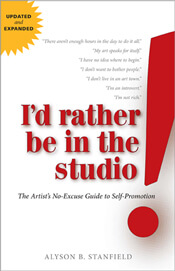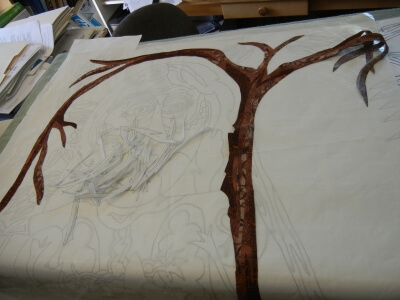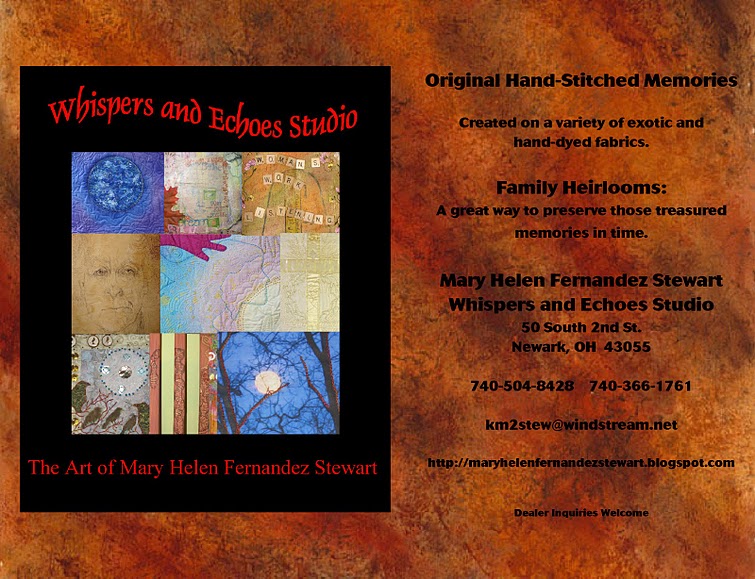Posts Tagged ‘Elizabeth Barton’
Free Motion Quilting – a New Design
 Oh my, have I learned some new stuff! The Free Motion Quilting challenge, hosted by SewCalGal, had a bonus tutorial by Susan Brubaker Knapp that piqued my interest. Basically you can create your own quilting design from your pictures. Well, I kinda figured you could, but once I read through this, I knew exactly how to do it. Bingo! I had loads of pictures that I would be able to use. I was having trouble with the drawing of the pattern for the August challenge; I planned to use that design on one of our bed stand runners. Now I had a new idea.
Oh my, have I learned some new stuff! The Free Motion Quilting challenge, hosted by SewCalGal, had a bonus tutorial by Susan Brubaker Knapp that piqued my interest. Basically you can create your own quilting design from your pictures. Well, I kinda figured you could, but once I read through this, I knew exactly how to do it. Bingo! I had loads of pictures that I would be able to use. I was having trouble with the drawing of the pattern for the August challenge; I planned to use that design on one of our bed stand runners. Now I had a new idea.
Concurrently, I am working on my Quilt University class, Inspired to Design, with Elizabeth Barton. I was looking at one of the photos I had morphed into a new design and suddenly realized I had a free motion quilting pattern right in front of me. Here’s the original picture:
Here’s the design element I developed a little further:
I added more pads to the design, made my pattern, and traced parts of it to the cotton. I realized, after my arms started to ache from tracing, that this was very free-flowing, so I really didn’t need to trace any more. I went with a brighter green for the outlines of the pads. Sometime in July I watched The Quilt Show episode on Stupendous Stitches, and after that I took a serious look at the other stitches on my Bernina workhorse 1008. Not many to work with, but I had one that I thought would work to give the idea of a ragged edge to the lily pad. Then I used a variegated green to do the stitching in each pad. I used a monofilament to create water waves on the rest of the background. Here it is:
Lessons Learned:
The background fabric actually worked pretty well, as did the thread colors. I wouldn’t stack the lily pads as much the next time. The most important lesson for me was going back and studying the original photo and realizing I could do much more with the interior lines. I became much more aware of that element in the original picture. I also did my binding a little differently, since I managed to cut it a half inch too thin. I used one of the stitches of a wave on the machine and made it very small. I tacked the binding down by maching, and you can’t really tell unless you’re looking at it close up.
And speaking of close-ups, here is one of the pads:
For the purposes of the table runner and the learning, I’m done. Next time I would use more color within the pads, spread the pads out more, and probably add stems. Overall, I love it! Thank you, Susan and SewCalGal!!
Analyzing an Artist – Jacob Lawrence
 Part of Lesson 2 is to look at designs in terms of basic elements of art. I chose Jacob Lawrence, as I have always been drawn to his paintings, both for story and simplicity. I saw a retrospective of his work at the Museum of Art in Houston the year I went to Quilt Market. All of his WWII paintings were grouped together, so you really got the narrative of that work.
Part of Lesson 2 is to look at designs in terms of basic elements of art. I chose Jacob Lawrence, as I have always been drawn to his paintings, both for story and simplicity. I saw a retrospective of his work at the Museum of Art in Houston the year I went to Quilt Market. All of his WWII paintings were grouped together, so you really got the narrative of that work.
I am very much a novice at doing this kind of critique – I always feel hampered by the lack of any formal art training, but I am curious to know why something appeals to me. So here goes. These paintings are a selection from a blog post on The Ragged Cloth Cafe, by Jane Davila.
Such a simple task and so lovely in composition. The vertical lines of the figures unify the painting, as do the irons. The lines of the irons are different, indicating the various stages of pressing. You can see the tension in each woman as she goes about her task, possibly as a result of the angles of the irons and the bent/angled heads in concentration. Balance and proportion: the irons seem very large, but they may be because I am looking at them from a modern perspective. I’ve never had to use heavy irons, and perhaps they were that big. The women dominate the painting, but I like that. This is “women’s work,” and that domination shows that. There is a lot of repetition in the postures, as well as in the background. I can almost get a “sweatshop” feel, and I get an image of the women from the movie The Help working and talking together. Perhaps the repetition helps to show community. Economy: again a simple task and a simple composition, but the focus is on the main idea. I can see the blue of the upper right pulling the eye to two of the ironed pieces; same for the orange and red in the upper left. The women themselves are dressed similarly, perhaps to indicate the uniform of the job. The more I look at this the more I see the strength and movement in the women, in their arms, the irons, their heads.
Now this next painting is one that doesn’t particularly appeal to me.
I find the colors very jarring, not at all harmonious. So many diagonals that my eye doesn’t want to rest at all. Again, a simple task at the barber shop, but there doesn’t seem to be the rhythm to the task as in the above painting. Unity/harmony: seems to be only in the main idea, that of a busy barbershop. Skin color is a unifying element. The faces seem to be the last thing you notice, just a few lighter lines. Interesting, in that may be a comment on the invisibility of the black community or the black man. Please note I am making that comment strictly from a white historical perspective. In terms of variety/tension, there certainly is a lot going on in this painting, indicating to me a very busy barber shop, and yet, now that I’ve noticed it, one man is smoking – that little bit of white draws your eye to the center of the painting. Balance/proportion: the piece seems very heavy on the bottom, big heavy dark triangles. The shampoo capes (for lack of a better term) are too many colors for my taste, and I think that’s what throws everything off for me.
Interesting exercise. I like having a selection of terms to work with, and I found I saw more in the painting the more I looked at it. But nothing beats seeing the work in person! What else can you add to the analyses? Comments welcome!
Design Class Continued……
 I’ve fallen a bit behind in my class through Quilt University, but I got myself somewhat back on track these past two nights, and I am learning some fascinating things through these exercises. First, I would never have attempted going beyond a basic picture or design like this on my own. It’s a case of “I don’t know what I don’t know.” These exercises are really stretching me, and what’s coming out is definitely intriguing.
I’ve fallen a bit behind in my class through Quilt University, but I got myself somewhat back on track these past two nights, and I am learning some fascinating things through these exercises. First, I would never have attempted going beyond a basic picture or design like this on my own. It’s a case of “I don’t know what I don’t know.” These exercises are really stretching me, and what’s coming out is definitely intriguing.
So here are the three basic pictures/sketches I have been working with and what has happened with them.
For this week I needed to take a basic design element and create a pattern with it on a grid. I chose a triangle for a sail, with a longer rectangle for a type of mast. As I was adding the pattern to the grid, I decided to flip the pattern, make some of different sizes, and make some small ones for depth in the distance.
It may not seem like much, but it was quite the departure from how I work, and I can definitely see possibilities with this sketch. From this point, we took a basic shape (again the triangle) and just worked on creating triangles. At one point I decided to fill in one of the triangles with a favorite zentangle, Paradox. It looked so cool, I decided to see what the sail pattern would look like. Again, definite possibilities.
I think there’s huge potential here.
Now here’s the second picture and sketch, a tree from Spanish Landing Park in San Diego.
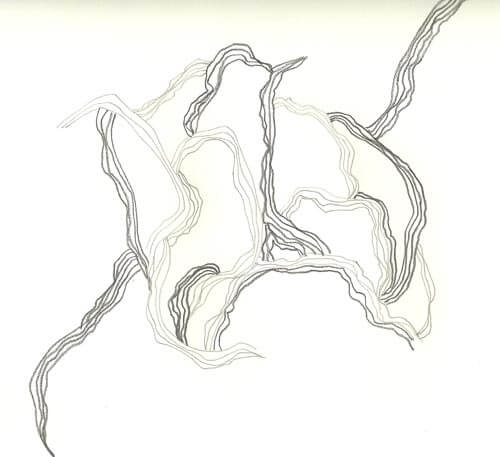 I worked with three different weights of pencils, and I really like this, plus as I work more with it, it is giving me some ideas for the driftwood piece. From here I sliced the piece in to strips and then wove them back into a new design. Very interesting activity.
I worked with three different weights of pencils, and I really like this, plus as I work more with it, it is giving me some ideas for the driftwood piece. From here I sliced the piece in to strips and then wove them back into a new design. Very interesting activity.
I didn’t really care for this one, as I felt there was too much negative space.
This seemed better, and while I know I am supposed to concentrate just on creating designs, I find myself thinking about moving into fabric, and I have a hard time imagining how this would happen with this design.
Here;s the sketch and the picture for the third one.
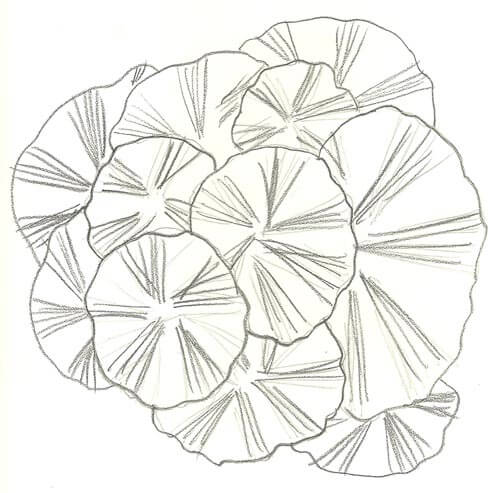 This time I tried a different technique: I sliced the sketch and then put it back together, with each slice up or down of the other pieces.
This time I tried a different technique: I sliced the sketch and then put it back together, with each slice up or down of the other pieces.
With this one I could definitely see the idea of reflecting water.
There is a lot more to this lesson, and I think tomorrow I am going to look at more of the photos I shot in San Diego and evaluate them according to the principles of art. Then maybe I will feel like I have a better idea of the terminology and can try some new sketches.
Top Ten Tuesday – New Art Blogs
 It’s been a while since I’ve written about some of my daily go-to blogs. I’ve discovered a lot of new ones over the last year, both art-related and not, so here’s an update of blogs you don’t want to miss.
It’s been a while since I’ve written about some of my daily go-to blogs. I’ve discovered a lot of new ones over the last year, both art-related and not, so here’s an update of blogs you don’t want to miss.
365 Project – aside from the fact that there are amazing photographs each week, the site has you start your own daily photo journal.
Elizabeth Barton writes a blog with tips, inspirations, art work, and wonderful pondering thoughts on your own art. If I could choose a mentor for a few months, it would be Elizabeth.
The Art Biz Blog is essential. Alyson Stanfield gives you spectacular advice for managing and promoting your art business. Start reading her if you aren’t already.
I love Larkin Van Horn. Not only does she create amazing work, but she likes using our fabrics! I had a chance to reconnect with her this past March at StashFest for the La Conner Quilt and Textile Museum.
I follow the C&T Publishing blog for two reasons: I like to see what’s new….and they do giveaways, and one time I actually won! If you’re in the business, you need to keep up with trends,
Dale Anne Potter got me started last year on positivity and the Law of Attraction. She is a great artist, and she has been helping others achieve their dreams.
Vicki Welsh does some of the most amazing hand-dyes, with color gradations to dye for (pun intended)!
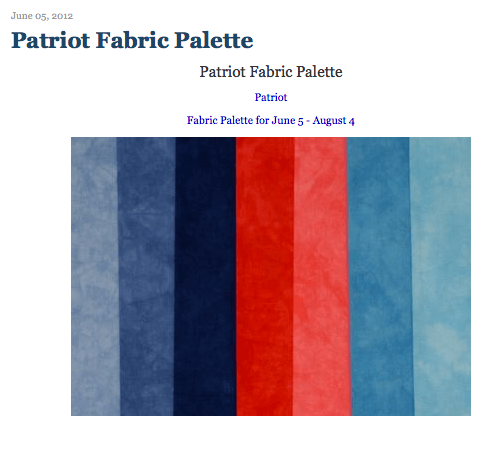 Generation Q Magazine just made it into print, after a year of online articles and features. Lots of potentially great stuff here!
Generation Q Magazine just made it into print, after a year of online articles and features. Lots of potentially great stuff here!
Insights from SewCalGal is my go-to site this year for machine quilting. My skills have improved tremendously, I did a tutorial for Darlene, and there are great giveaways – fantastic site!!
And last, but certainly not least, the Textile and Fiber Art List, a group of over 300 artists from 30 countries. Amazing eye candy! Take a trip through blogs and Etsy stores for artists in everything “textile and fiber” you can imagine! A wealth of awesome information.
So Where Am I as an Artist?
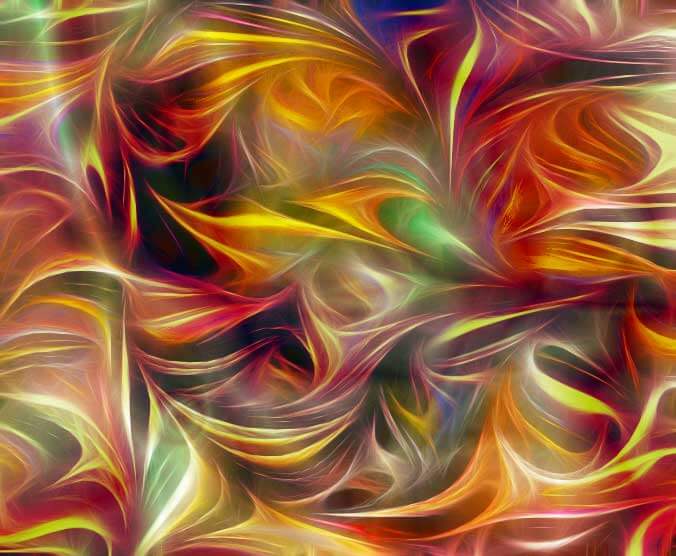 Ya know, I’m not really sure. I have a few goals this year of entering a couple of shows, and a couple of proposals for galleries, but I keep wondering about the work I am doing. First of all, I really love the art that I am creating. I’ve had a love affair with fabric for years, and now that we are turning out some really great pieces with our marbling, I love it even more. But I feel like there’s a lot more.
Ya know, I’m not really sure. I have a few goals this year of entering a couple of shows, and a couple of proposals for galleries, but I keep wondering about the work I am doing. First of all, I really love the art that I am creating. I’ve had a love affair with fabric for years, and now that we are turning out some really great pieces with our marbling, I love it even more. But I feel like there’s a lot more.
The big change for me in how I looked at my fiber came when a quilting friend took a piece of marbled fabric and quilted it all over. I had secretly suspected there was a lot more I could do with embellishing the fabric, and Ellen showed me I was definitely on the right thinking track…it took me a year or so of playing with threads and the sewing machine and my ideas to create something that I really felt was good – and different.
I’ve written before about entering shows and getting rejected. Hey, it happens. It’s to be expected. Wjen I objectively look at work accepted into shows (like it’s really possible to be totally objective….), I am struck by how “quilty” the pieces are, even those billed as art quilts. I also can recognize styles and “names,” and I keep looking for something really different that pushes the boundaries of fiber as art. And then I always figure it’s just me and sour grapes.
Now here’s where I’m not sure just what it is I am trying to say. And this has been brought on by a post by Elizabeth Barton, an art quilter and artist and juror of art shows. “Quiltopee” was a post about a week ago that has me pondering. Here’s the beginning of her blog:
“Quilters often say they wish that “they” (critics, museums, galleries, collectors, the public) would recognize quilts as a mainstream art medium. Other media, for example photography, have developed to the extent that most museums now include photographs in their collections and display them regularly. So, why not quilts? At least part of the answer is that quilts have not developed from their early beginnings in anything like the way that other media have.”
I find this really intriguing. Art quilts seem to be the rage, and I see some pretty amazing ones. But I also see “art quilts” that seem to take everything that can be done with thread and fiber and machine quilting and throw it all together, just because you can. I subscribe to the philosophy that “just because you can do something doesn’t mean you should.” Just because you can machine quilt something to within an inch of its life doesn’t mean that’s what your piece really needs. Yet those seem to be the quilts that are getting in to shows and winning awards.
Elizabeth continues: “Contemporary art is rich, diverse, and unpredictable. While painting, drawing, sculpture, photography and crafts are still popular, new media are more likely to be seen in contemporary art shows: film, video, audio, installation, performance, text, computers. And media are frequently mixed. It’s hot to use an “old” medium in a new way: paintings that are pixilated, drawing with chocolate. But how many quilts have you seen made from chocolate? (though it’s a grand idea!).”
She goes on to say (and this is what really struck me): “But I’m afraid, and correct me if I’m wrong(!), we don’t see these kinds of things in quilts. Quilters tend to stick very much to making quilts the way they were always made. There’s nothing wrong in this, but that’s one reason why the contemporary fine art world is not very interested. They’re not so interested in paintings made the traditional way either.”
Hmmmmm. I’m doing things with fiber and marbling – an unconventional marriage to begin with – and adding thread, additional painting, unusual hangings/display means. So much so that people who look at my work don’t know what to call it….”Is that supposed to be a quilt?”
Well, no. It’s art, it hangs on the wall. You can look at it, appreciate the subject matter, mayne think about how it was made. But how does it affect you? What do you see? Forget the “why isn’t it a regular quilt?” They don’t see any underlying message to the subject matter.
Elizabeth finishes with ” I think that the answers to questions as to why art critics arn’t interested in quilts are evident in both formal and content areas: quilters don’t really want to stretch the medium to uncomfortable (if not breaking) lengths, nor do many of them want to address some of the contemporary issues evident in main stream art. As I said before, neither good nor bad, but, rather, why!”
The small fiber piece I created in response to the Tucson shootings upset a few people. The subject matter was raw; it was created during the first week after the shootings that killed 6 and left 13 wounded. One snarky comment (anonymous, of course) in our local paper said, “Where was she with a quilt to wrap up Hitler? That would have saved some lives.”
As I’m writing this post, I’m also processing. The Art from the Heart website does contain art quilts – and other media – with a message. They probably wouldn’t be accepted into any kind of art quilt show. But they are addressing contemporary issues. So am I ahead of myself? Am I pushing myself in other directions that the fiber world is ready for – the quilting world isn’t – and may never be?
I am really interested in your comments to this post, and Elizabeth’s ideas in general. You can see some of my earlier fiber work on our website. The more “message-driven work hasn’t made it up yet. One of my goals for the first half of the year……
Top Ten Tuesday – Art Blogs I Read Regularly
 You may have noticed a new page on the blog – Art Blogs. I tried to go through the MANY blogs I follow through Google Reader to give you some added goodies to view. That said, I don’t always get to read everything every day, but there are some folks I read, regardless of how busy the day has been. So here they are:
You may have noticed a new page on the blog – Art Blogs. I tried to go through the MANY blogs I follow through Google Reader to give you some added goodies to view. That said, I don’t always get to read everything every day, but there are some folks I read, regardless of how busy the day has been. So here they are:
Anne Huskey-Lockard – El Milagro Studio: Little Miracles of Art – photography that is absolutely magnificent, and tutorials that will have you itching to try new techniques.
Blue Moon River – Susan Brubaker Knapp – I wanna be Susan when I grow up…..
Art and Quilting in Camden – Sarah Ann Smith, author of Threadwork Unraveled; lots of process on how she finishes quilts.
Art and Quilts, Cogitations Thereon – Elizabeth Barton; explanations of processes plus some great philosophy
Art Biz Blog– Alyson Stanfield – the business of art you NEED this site.
Joen Wolfrom – the color lady – I have all her design books, and I love reading her blog – LOADS of great info on color.
Kathy Nida– I understand the workings of her mind…it takes another teacher to really understand! And her work is WONDEFUL!
The Free Motion Quilting Project – how can you not love a site that has a new free motion quilting video almost every day?
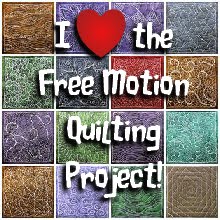
Mary Helen Fernandez Stewart – a wonderful lady who does art with children – you can see the absolute joy on the kids faces.
Enjoy these wonderful people!

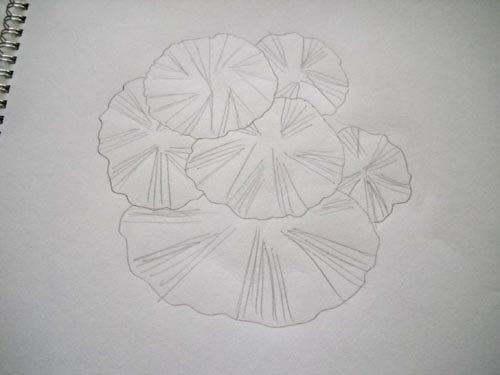
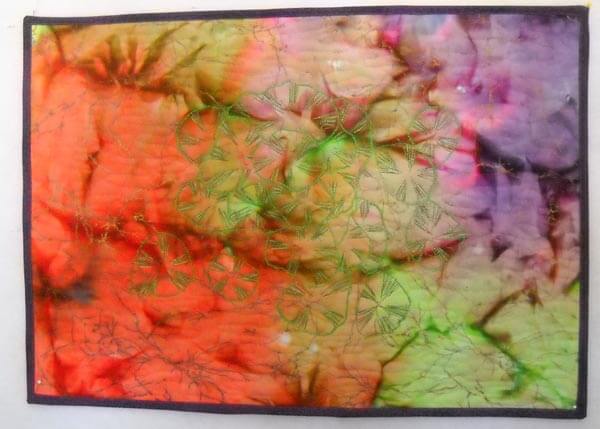
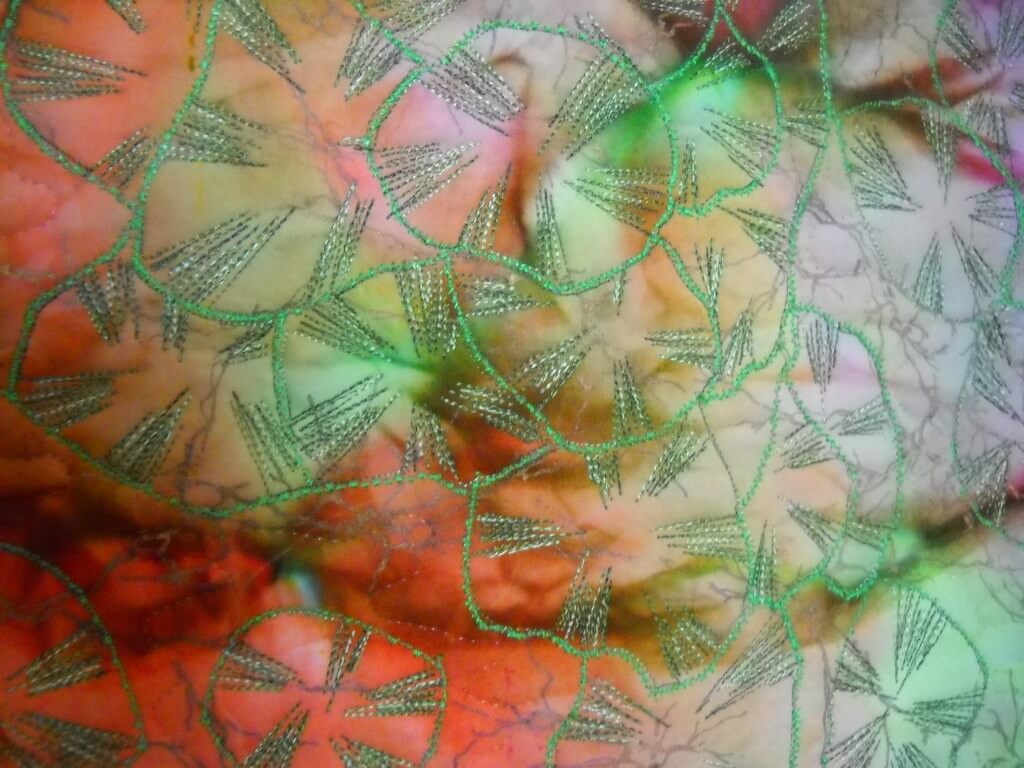
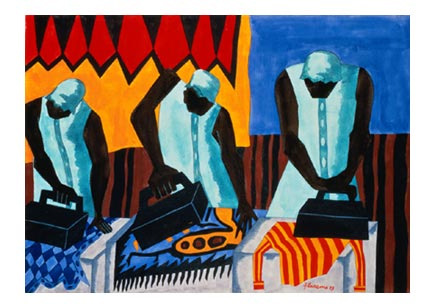
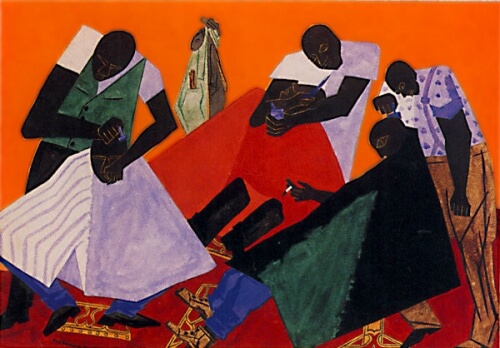
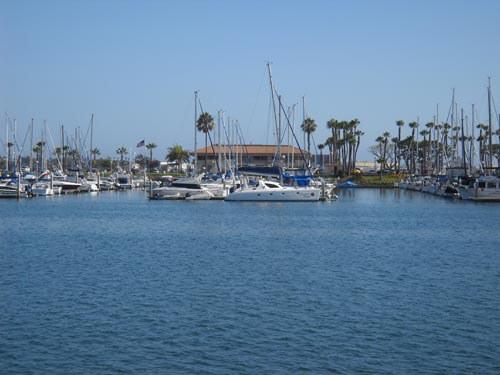
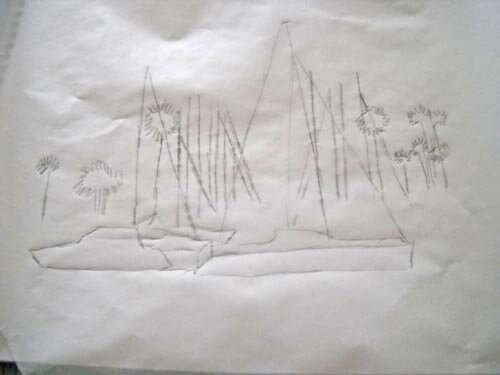
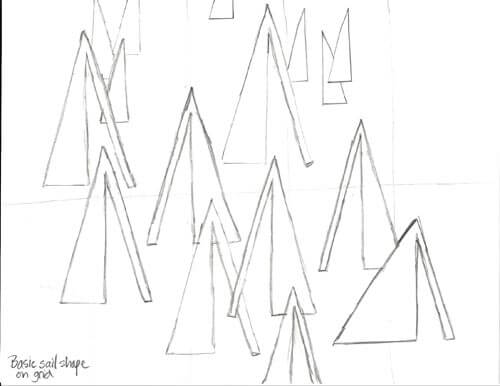
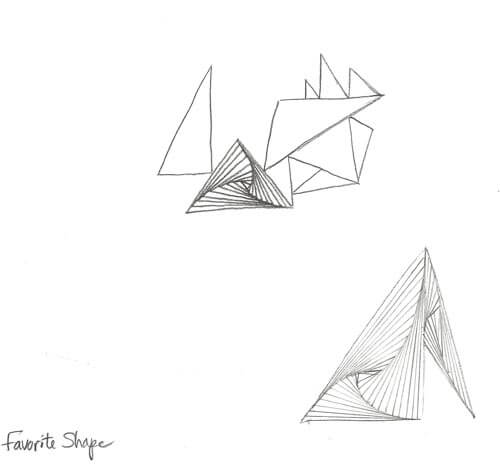
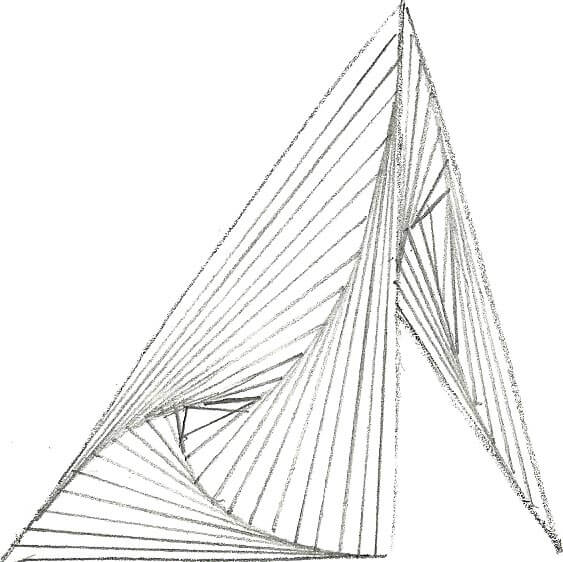
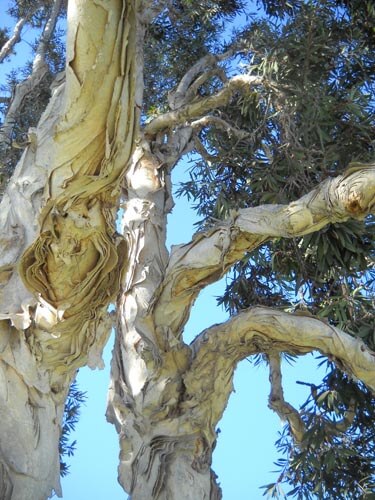
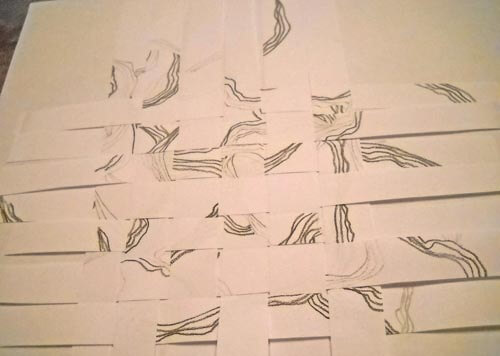
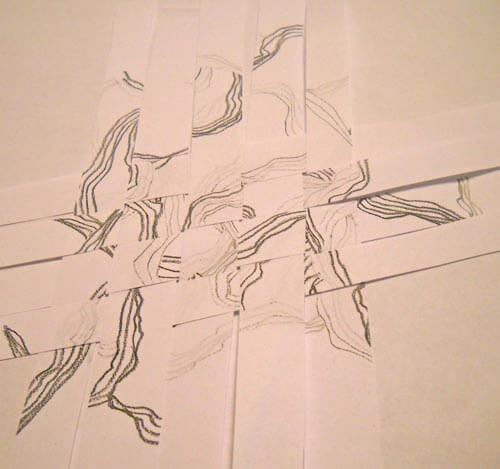

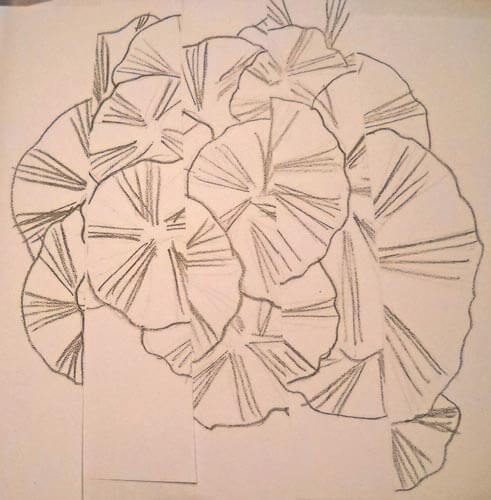
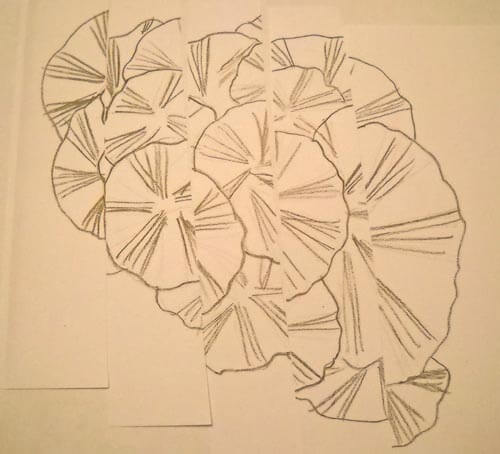

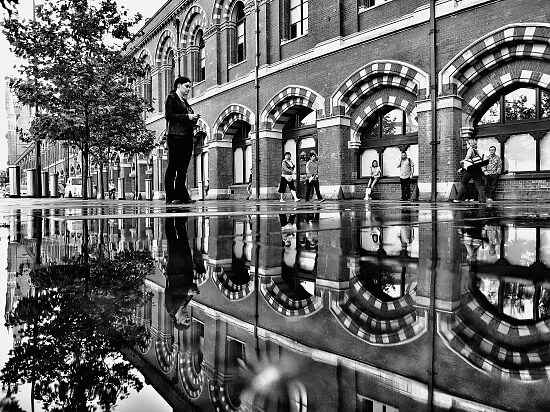

![redshift8_thumb[2]](https://www.marbledmusings.com/wp-content/uploads/2012/07/redshift8_thumb2.jpg)



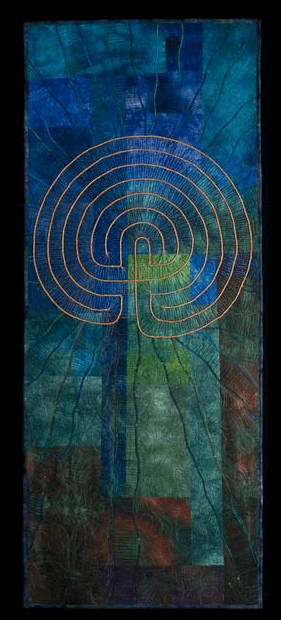

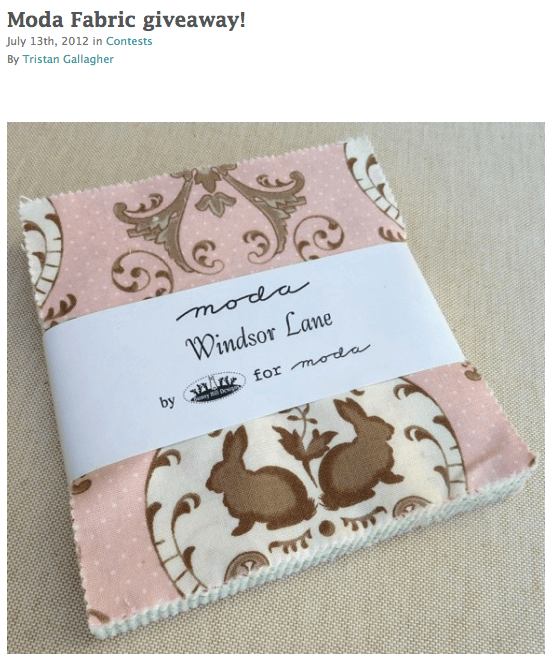

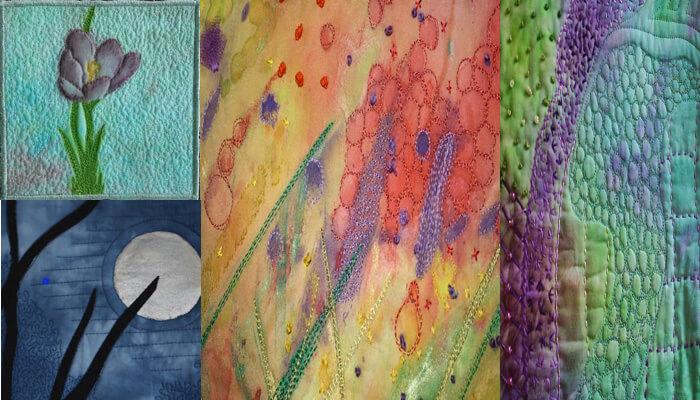


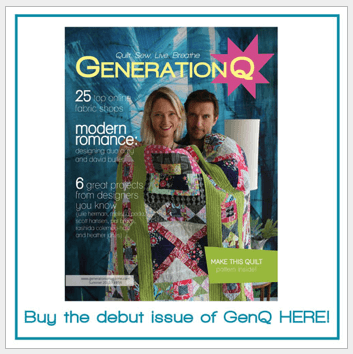
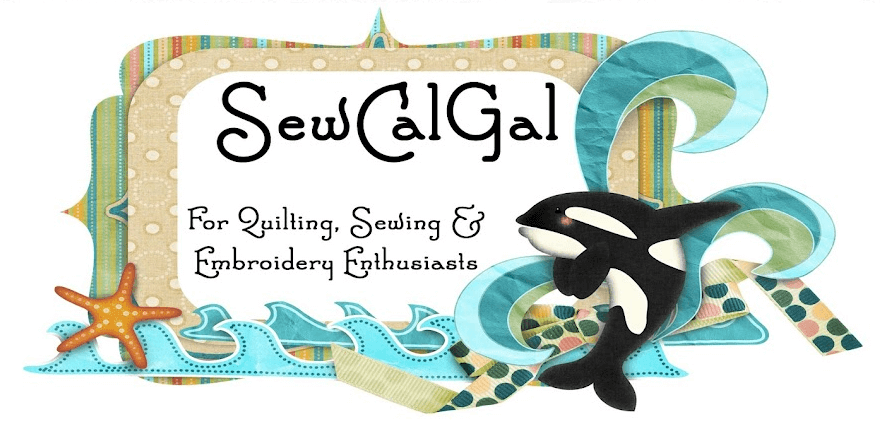
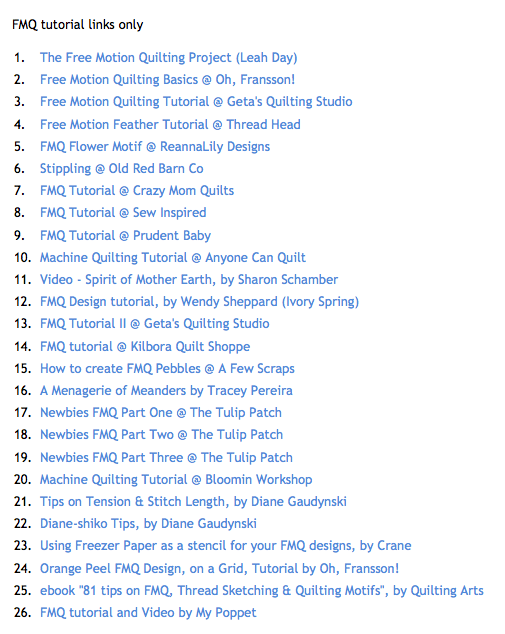

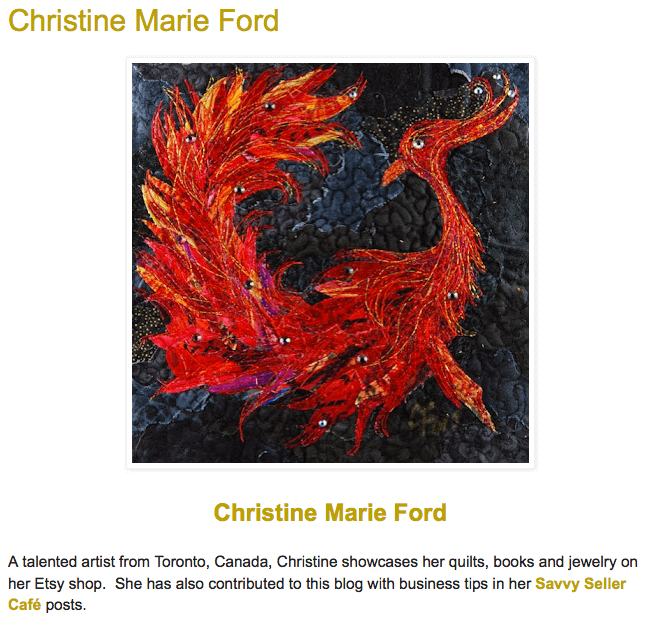
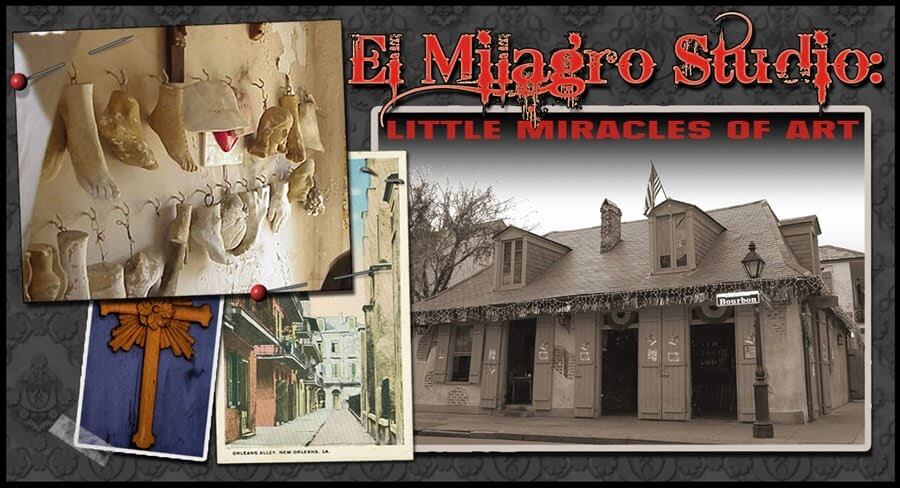

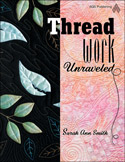
![ofortuna72_thumb[1]](https://www.marbledmusings.com/wp-content/uploads/2011/08/ofortuna72_thumb1.jpg)
